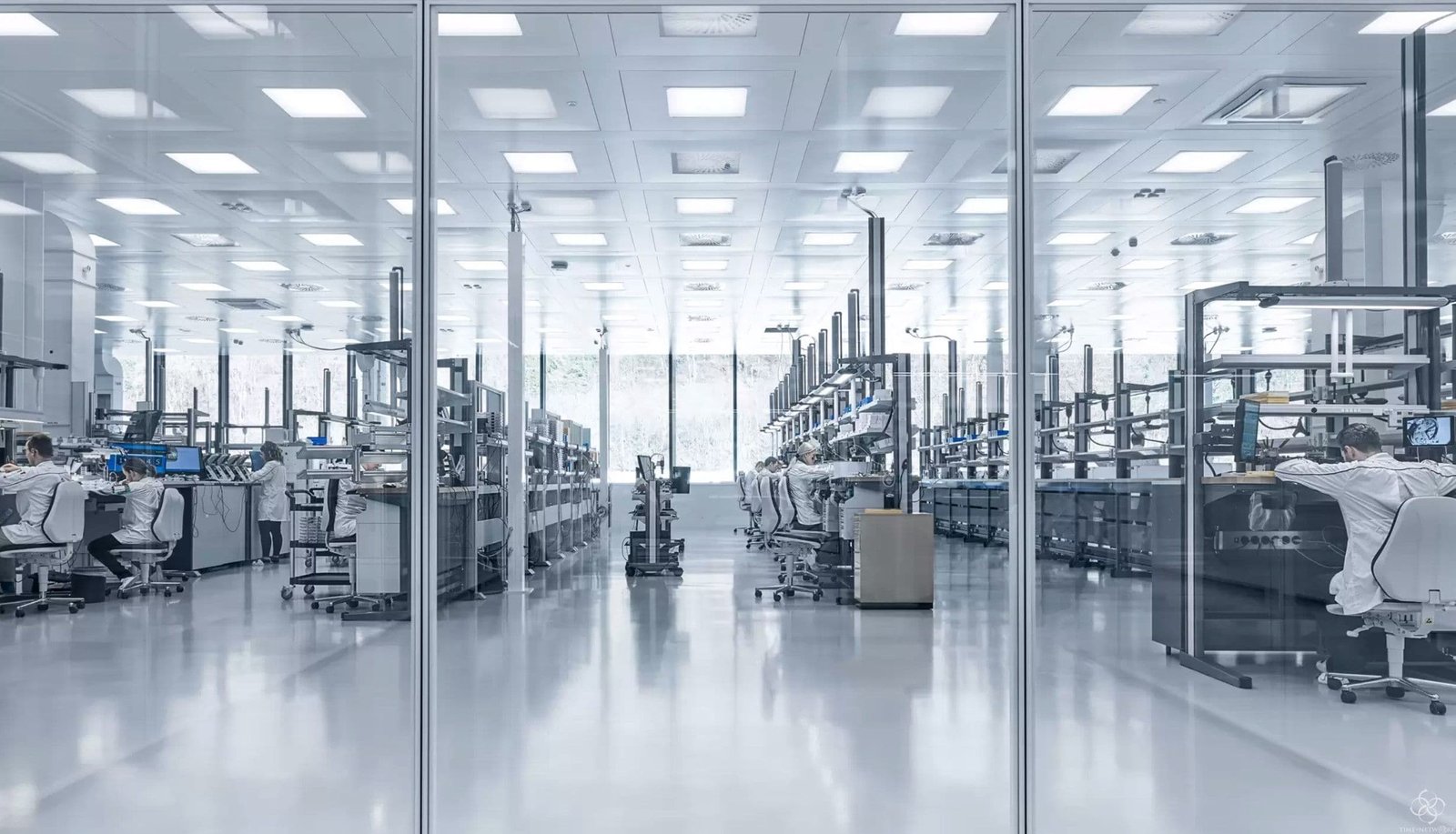Analysis of CNC Milling Process
The CNC milling process builds on the machining techniques of traditional milling machines, integrating the characteristics of CNC milling machines and applying a comprehensive knowledge base to address the process challenges encountered in CNC milling. The scope of this process includes the principles of metal cutting and tooling, machining techniques, the processing of typical parts, and the analysis of machinability, encompassing both fundamental knowledge and basic theories. The aim of this chapter is to introduce the foundational knowledge and basic principles involved in CNC milling from the perspective of practical engineering applications. This is to enable readers to scientifically and reasonably design machining processes during hands-on training, fully leveraging the features of CNC milling machines to achieve high-quality, high-efficiency, and low-consumption CNC machining.
Overview of CNC Milling Process:
(1) Main Objects of CNC Milling
CNC milling is one of the most commonly used and primary CNC machining methods in mechanical processing. It not only can mill various surfaces that a conventional milling machine can handle but also can mill various plane profiles and three-dimensional contours that require 2 to 5-axis linkage, which conventional milling machines cannot achieve. Based on the characteristics of CNC milling machines and considering the milling process perspective, the main objects suitable for CNC milling include the following categories.
① Plane Profile Parts.
The machining surfaces of these parts are parallel or perpendicular to the positioning surface, or the angle between the machining surface and the positioning surface is a fixed angle. Examples include various cover plates, cams, and frames, ribs, and other integral structural components of aircraft. Most of the parts currently machined on CNC milling machines belong to plane parts, characterized by having machining surfaces that are flat or can be developed into flat surfaces. Plane parts are the simplest type of parts in CNC milling, generally requiring only two-coordinate linkage (i.e., two and a half-axis linkage) on a three-coordinate CNC milling machine to process them.
② Variable Angle Parts.
These parts have machining surfaces with continuously changing angles to the horizontal plane, such as the variable-angle beams and stringers of aircraft shown in Figure 2-1.

Variable Angle Parts. The machining surfaces of variable angle parts cannot be developed into flat surfaces, but during machining, the instantaneous contact between the machining surface and the circumference of the milling cutter forms a line. It is best to use four-axis or five-axis CNC milling machines with swivel capabilities for machining these parts. If such machines are not available, three-axis CNC milling machines can also be used for approximate two and a half-axis machining.
③Spatial Surface Profile Parts.
The machining surfaces of these parts are spatial surfaces, such as molds, blades, propellers, etc. Spatial surface profile parts cannot be developed into flat surfaces. During machining, the milling cutter is always in point contact with the machining surface, and a ball-end cutter is generally used on three-axis CNC milling machines. When the surfaces are more complex, the channels are narrower, there is a risk of damaging adjacent surfaces, or tool movements are required, four-axis or five-axis milling machines should be used.
④Holes.
The machining of holes and hole systems, such as drilling, reaming, tapping, and boring, can be performed on CNC milling machines. Since hole machining often requires sized tools and frequent tool changes, when there are a large number of holes to be machined, using a machining center is more convenient and faster.
⑤Threads.
Internal and external threads, cylindrical threads, and tapered threads can all be machined on CNC milling machines.
(2) Characteristics of CNC Milling Process
The process specification is a guiding document for workers during machining. In conventional milling, the process is controlled by the operator; therefore, the process specifications for conventional milling machines are essentially process cards. The cutting parameters, tool paths, and steps of the operations are often determined by the operator. In contrast, the CNC milling program serves as the directive document for the CNC milling machine. Controlled by the program instructions, the entire machining process is carried out automatically according to these instructions. Hence, CNC milling programs differ significantly from the process specifications of conventional milling machines and encompass a broader range of content.
CNC milling programs must include not only the machining process of the part but also cutting parameters, tool paths, tool dimensions, and the movement process of the milling machine. Therefore, the programmer must be thoroughly familiar with the performance, characteristics, motion modes, tool systems, cutting standards, and workpiece clamping methods of the CNC milling machine. The quality of the process plan not only affects the efficiency of the milling machine but also directly impacts the machining quality of the parts.
(3) Main Contents of CNC Milling Process
The CNC milling process mainly includes the following contents:
① Selecting parts suitable for machining on CNC milling machines and determining the process content.
② Analyzing the drawings of the parts to be machined, clarifying the machining content and technical requirements.
③ Determining the machining plan for the parts and formulating the CNC milling process route, including the coordination with non-CNC machining processes.
④ Designing the CNC milling process, such as selecting the positioning reference for the parts, dividing the processes, arranging the machining sequence, determining the fixture plan, dividing the steps, selecting the tools, and determining the cutting parameters.
⑤ Adjusting the CNC milling program, such as selecting the tool setting point and tool change point, determining tool compensation, and establishing the machining path.




